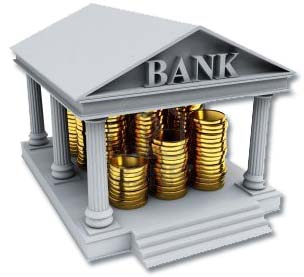Online advertising market to touch over Rs 3,500 crore by March 2015
Rising marketing spend in sectors like e-Commerce, telecom, FMCG and consumer durables will help the online advertising market in India, which is projected to grow at 30 per cent to touch Rs 3,575 crore by March 2015, a IAMAI-IMRB study today said.
According to the study, the online advertising market has grown from Rs 1,140 crore in 2010-11 to Rs 2,260 crore in 2012-13 and was estimated to be worth Rs 2,750 crore in 2013-14.
The online ad segment is expected to grow at a compounded annual growth rate of 25 per cent between FY'2011 to FY'2013.
The overall ad spend in the country across all media is Rs 38,598 crore as of 2013 with a year-on-year growth rate is 12 per cent, with television accounting for 44 per cent of the spend.
"The gradual increase in adaptation of Internet has opened the door to the marketers to go online and spend on digital advertisement.With mobile devices becoming a predominant mode of Internet access among the users in India, this number is expected to increase (further)
"Although traditional media still holds strong ground in the Indian ad space, digital advertising is catching up fast and is expected to overtake traditional media within the next 5-10 years," Internet and Mobile Association of India (IAMAI) and IMRB International said.
The high growth can also be attributed to increasing advertisement measurability, which is both quick and effective, it added.
"In addition to the increasing adoption of mobile devices, the increasing connectivity and improvements in broadband infrastructure will lead to increased investments in more content rich advertisements viz video and social media advertisements," it said.
Digital ad spend on mobile devices stood at 14 per cent, whereas on desktops and laptops at 86 per cent.
As of June 2014, there were 243 million claimed Internet users in India out of which 192 million are active users (use Internet at least once a month).
The growth in e-Commerce industry and their ad-spend in digital media is the highest, contributing close to 20 per cent, followed by telecom and FMCG & consumer durables.
The digital ad spends by the e-Commerce industry has been growing at a CAGR of 59 per cent since 2011 and stood at Rs 495 crore at the end of March 2014.
Spend by telecom stood at Rs 413 crore, followed by FMCG & consumer durables (Rs 385 crore), BFSI and travel (Rs 303 crore each).
Currently, search and display contribute 38 per cent of the overall ad spends, followed by display ads (29 per cent) and social media (13 per cent).
"It is estimated that the proportion of spends on search advertisements will reduce and spends will increase on email, video and mobile ads," it said.
SOURCE: Economic Times




